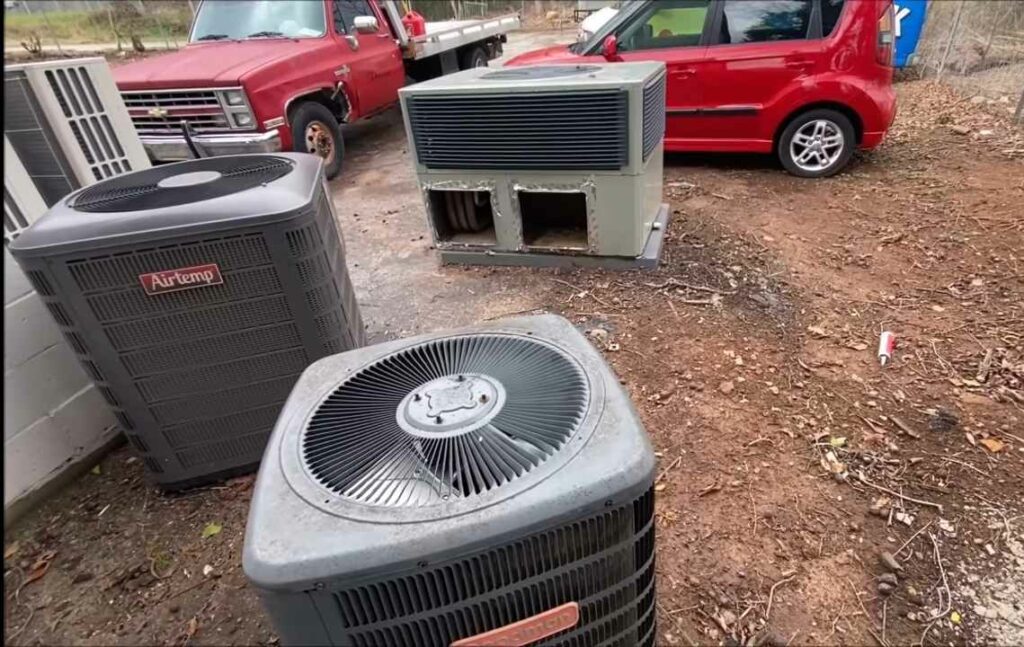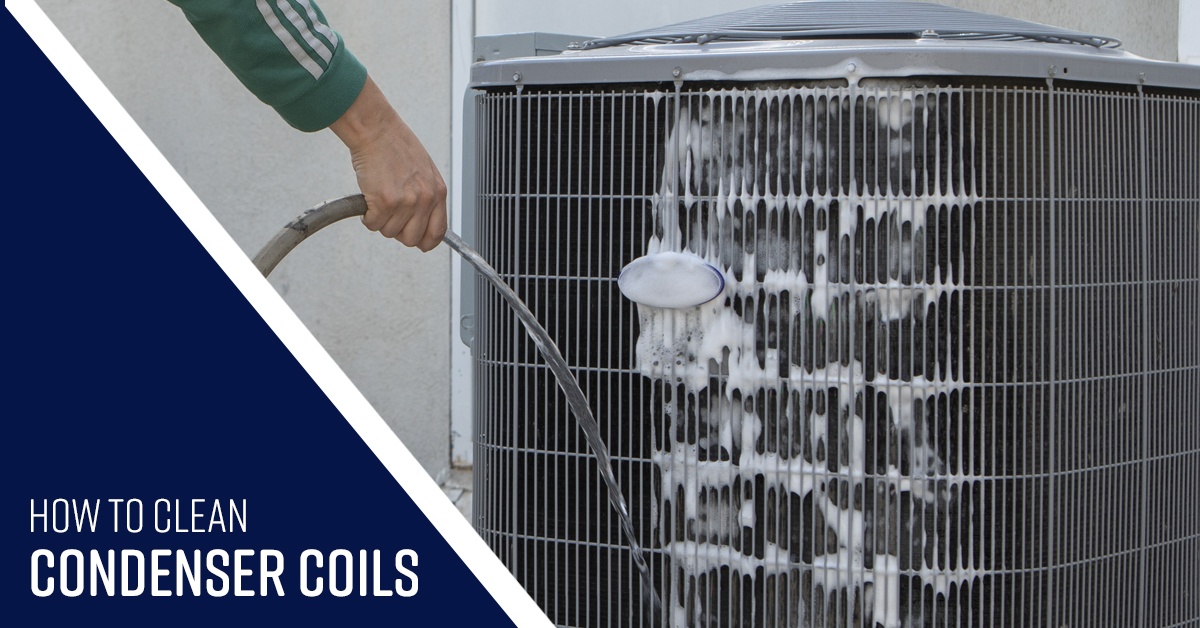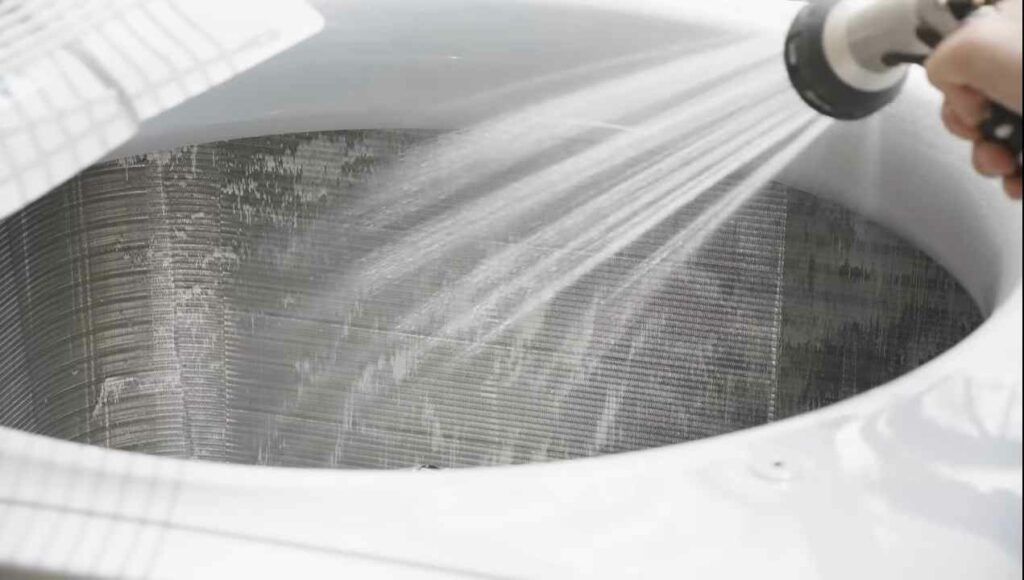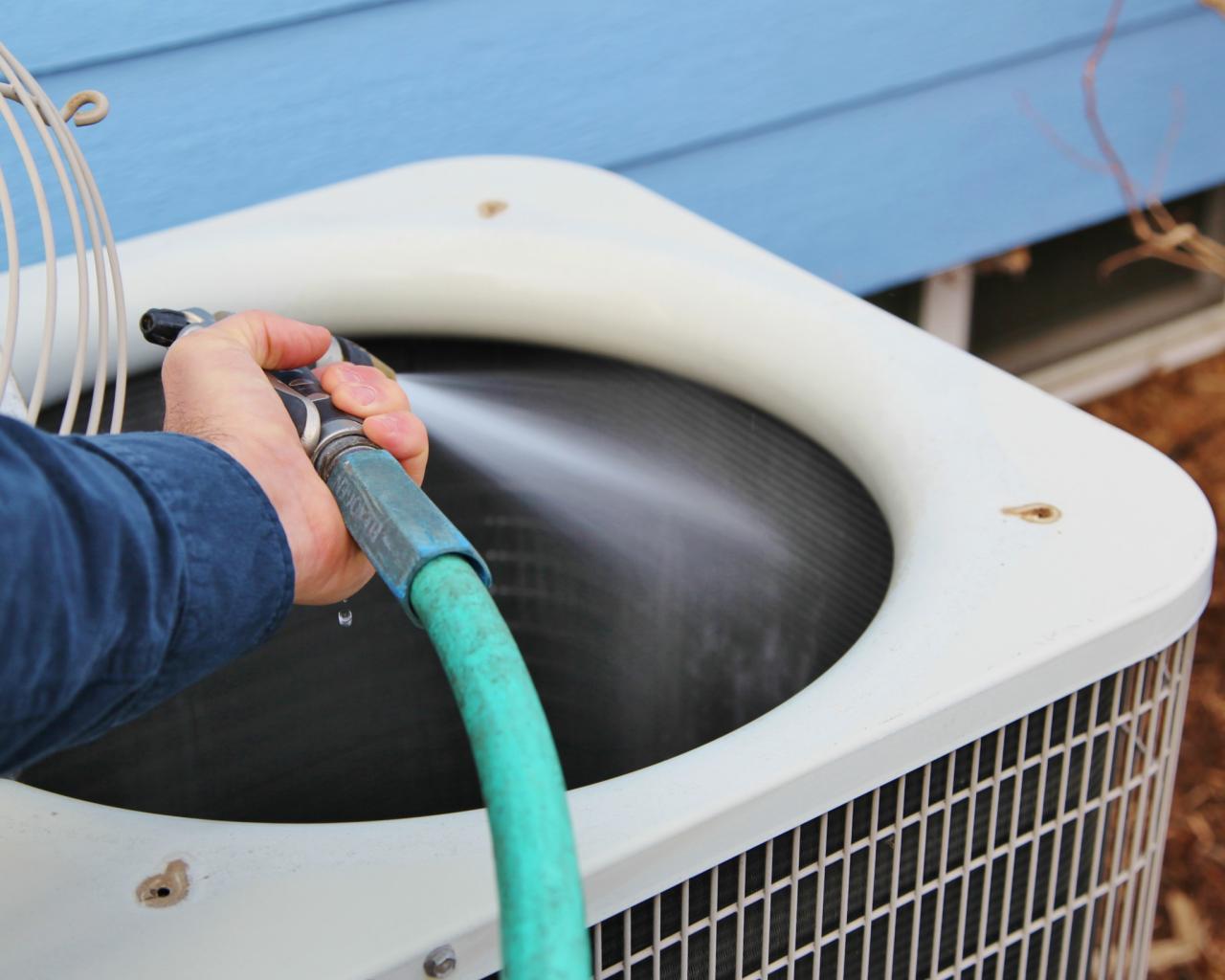Can I Wash My Ac Unit With Water

In the sweltering heat of summer, a malfunctioning air conditioning unit can feel like a crisis. Many homeowners, desperate for a quick fix, instinctively reach for the garden hose, wondering if a simple wash-down might restore their unit's cooling power. But is washing your AC unit with water a safe and effective solution, or a potentially damaging mistake? The answer is nuanced, hinging on understanding the unit's components, the type of cleaning being attempted, and the potential risks involved.
This article delves into the complexities of cleaning your AC unit with water. It aims to provide a comprehensive guide based on expert advice, safety precautions, and best practices. We will explore the proper methods, potential pitfalls, and when to call in a professional.
Understanding Your AC Unit
Before grabbing the hose, it’s crucial to understand the basic anatomy of your AC unit. Most residential systems consist of two main parts: the indoor evaporator coil and the outdoor condenser unit.
The outdoor unit is what most people think of when considering cleaning. It houses the compressor, condenser coil, and fan, all vital for expelling heat from your home. Keeping this unit clean is crucial for efficient operation.
When Water is an Option (and When It's Not)
A gentle rinse with water can be beneficial for removing surface debris from the condenser coil. This includes leaves, grass clippings, and dust that accumulate over time. These obstructions hinder airflow and reduce cooling efficiency, according to the U.S. Department of Energy.
However, using excessive water pressure or aiming the hose directly at sensitive components is a recipe for disaster. High pressure can bend the delicate fins of the condenser coil, further restricting airflow and potentially causing damage.
Furthermore, avoid spraying water into the electrical components of the unit. This includes the fan motor, compressor, and any wiring. Water and electricity don’t mix, and you risk electric shock or permanent damage to your AC unit.
Safe Cleaning Practices: A Step-by-Step Guide
If you decide to clean your AC unit with water, follow these precautions carefully. Prioritize safety and minimize the risk of damage.
Step 1: Power Down
The most crucial step is to disconnect power to the unit at the breaker box. This eliminates the risk of electric shock. Locate the appropriate breaker, typically labeled "AC" or "HVAC," and switch it off.
Step 2: Remove Debris
Before using water, manually remove any large debris such as leaves, twigs, or grass clippings. Use a brush or your hands (while wearing gloves) to gently clear the area around the unit.
Step 3: Gentle Rinse
Attach a spray nozzle to your garden hose and set it to a wide, gentle spray pattern. Avoid using a pressure washer, as it can easily damage the fins. Rinse the condenser coil from the inside out, allowing the water to flush away dirt and debris.
Step 4: Straighten Bent Fins (Optional)
If you notice any bent fins on the condenser coil, you can carefully straighten them using a fin comb. These specialized tools are available at most hardware stores. Be gentle to avoid further damage.
Step 5: Allow to Dry
Before restoring power to the unit, allow it to dry completely. This may take several hours, depending on the weather conditions. Ensure that all electrical components are dry before turning the breaker back on.
The Professional Advantage
While a gentle rinse can help with surface debris, a thorough cleaning often requires professional expertise. HVAC technicians possess the tools and knowledge to safely clean the unit's internal components. They can also identify and address any underlying issues that may be affecting its performance.
According to the Air Conditioning Contractors of America (ACCA), professional cleaning typically involves using specialized coil cleaners and vacuuming out accumulated dirt and debris. This can significantly improve the unit's efficiency and extend its lifespan.
Furthermore, professionals can inspect the unit for refrigerant leaks, electrical problems, and other potential issues that are beyond the scope of a homeowner's DIY efforts. Early detection of these problems can prevent costly repairs down the line.
When to Call a Professional
Certain situations warrant immediate professional attention. These include:
- Suspected refrigerant leaks
- Electrical problems (e.g., sparks, burning smells)
- Unusual noises coming from the unit
- Persistent cooling problems despite cleaning
Attempting to fix these issues yourself can be dangerous and may void your warranty. It’s always best to err on the side of caution and consult a qualified HVAC technician.
The Long-Term Benefits of Cleanliness
Regular cleaning, whether DIY or professional, offers numerous benefits. These include improved cooling efficiency, lower energy bills, and a longer lifespan for your AC unit. A dirty unit has to work harder to cool your home. This consumes more energy and puts unnecessary strain on the components.
According to the Environmental Protection Agency (EPA), maintaining your AC unit can reduce energy consumption by as much as 15%. This translates to significant savings on your monthly utility bills. Furthermore, a well-maintained unit is less likely to experience breakdowns, saving you money on costly repairs.
Conclusion: A Balanced Approach
Washing your AC unit with water can be a helpful maintenance practice, but it must be done carefully and with proper precautions. A gentle rinse can remove surface debris and improve airflow. However, avoid using high pressure or spraying water into electrical components.
For a more thorough cleaning and inspection, consider hiring a qualified HVAC technician. They can ensure that your unit is operating efficiently and safely. Prioritizing regular maintenance, regardless of whether you choose a DIY or professional approach, will help keep your home cool and comfortable for years to come.
Ultimately, understanding the limitations of DIY cleaning and knowing when to call in the professionals is key to maintaining a healthy and efficient AC system. This balanced approach will not only save you money but also ensure the safety and longevity of your cooling equipment, keeping you comfortable when you need it most.

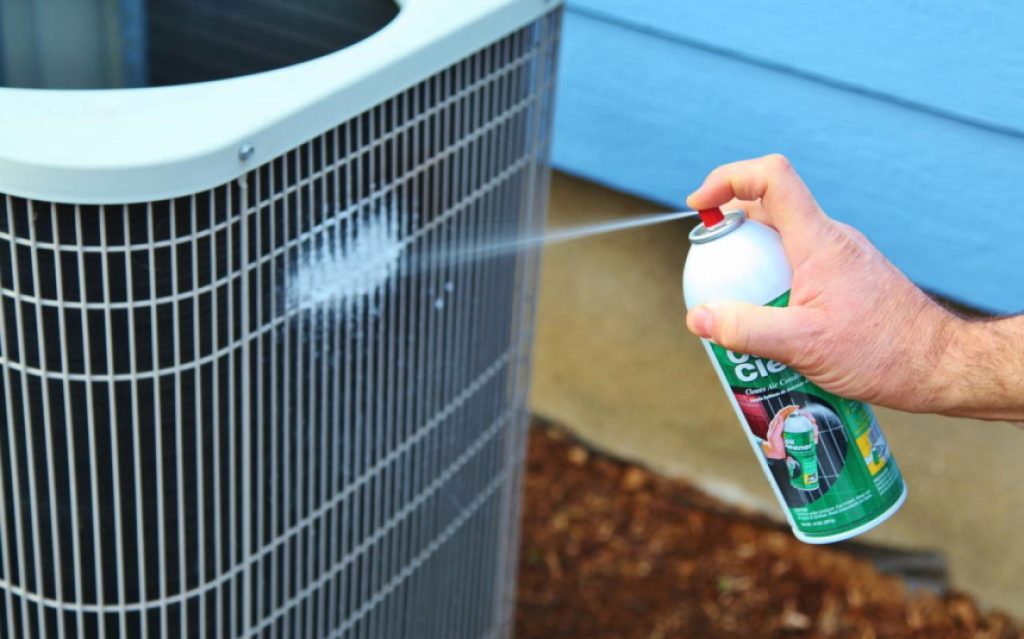
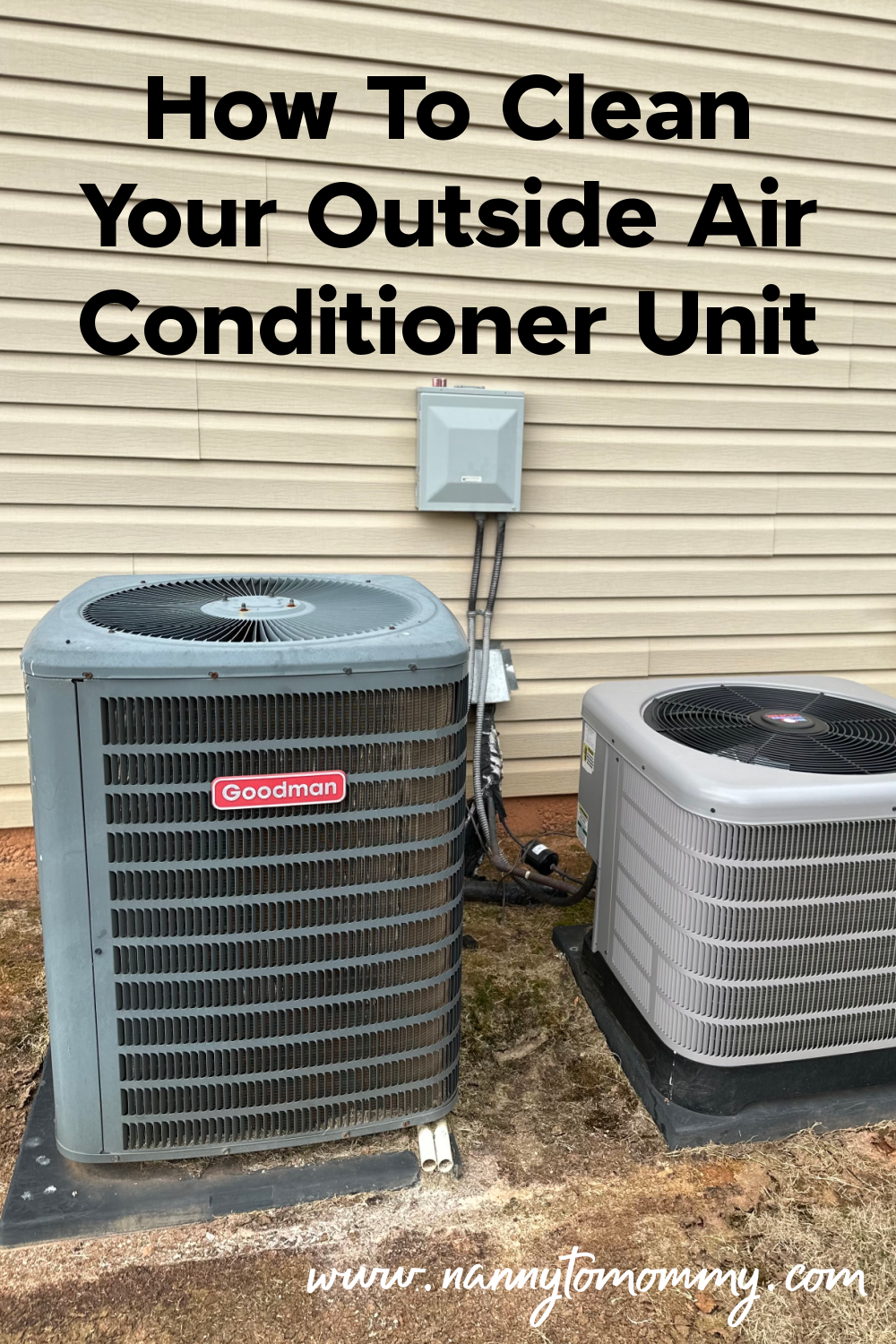

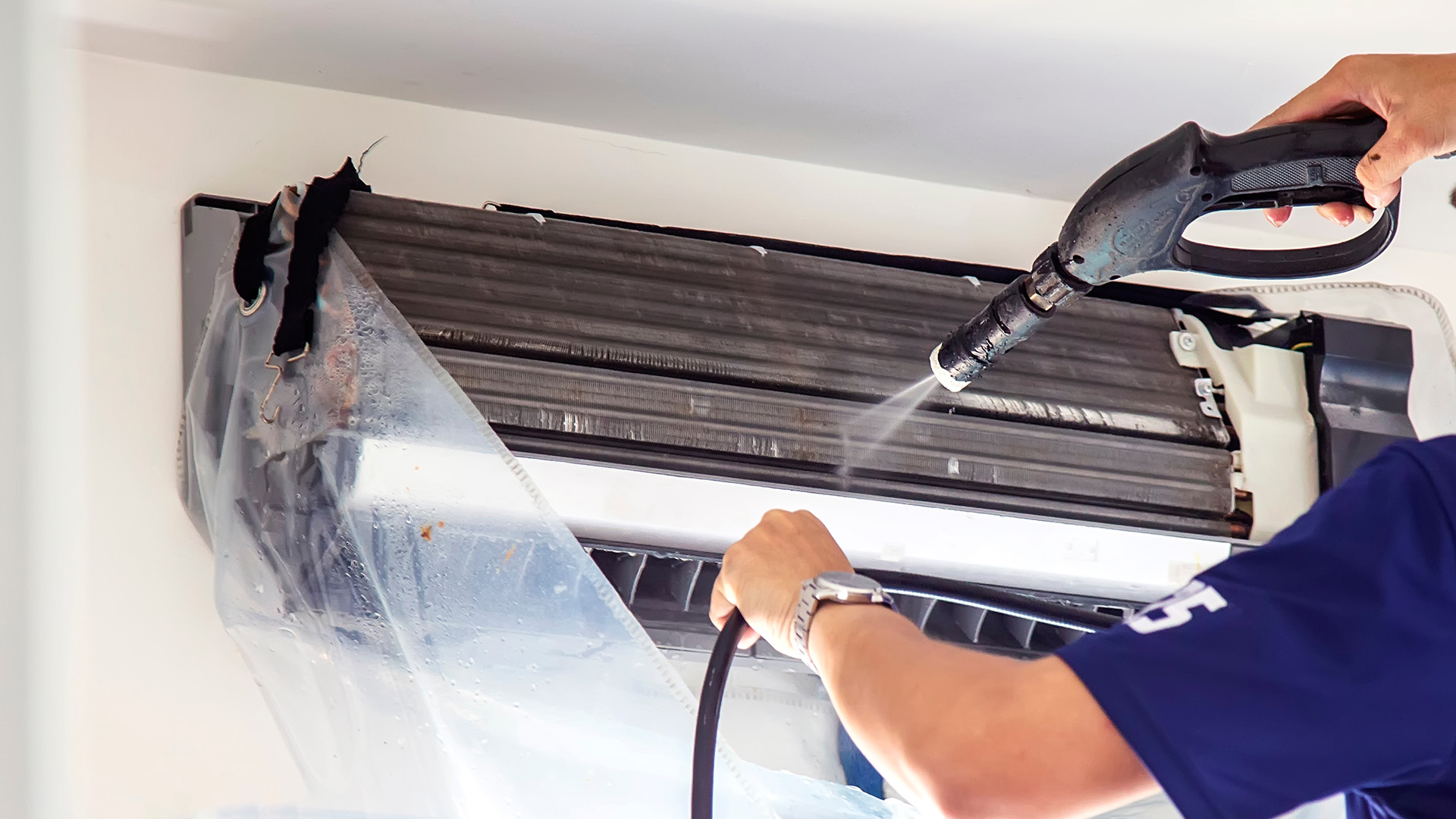
:max_bytes(150000):strip_icc()/how-to-clean-a-window-air-conditioner-unit-5191162-04-a72ff7ca58d04c33ba83819b99dea6ed.jpg)
